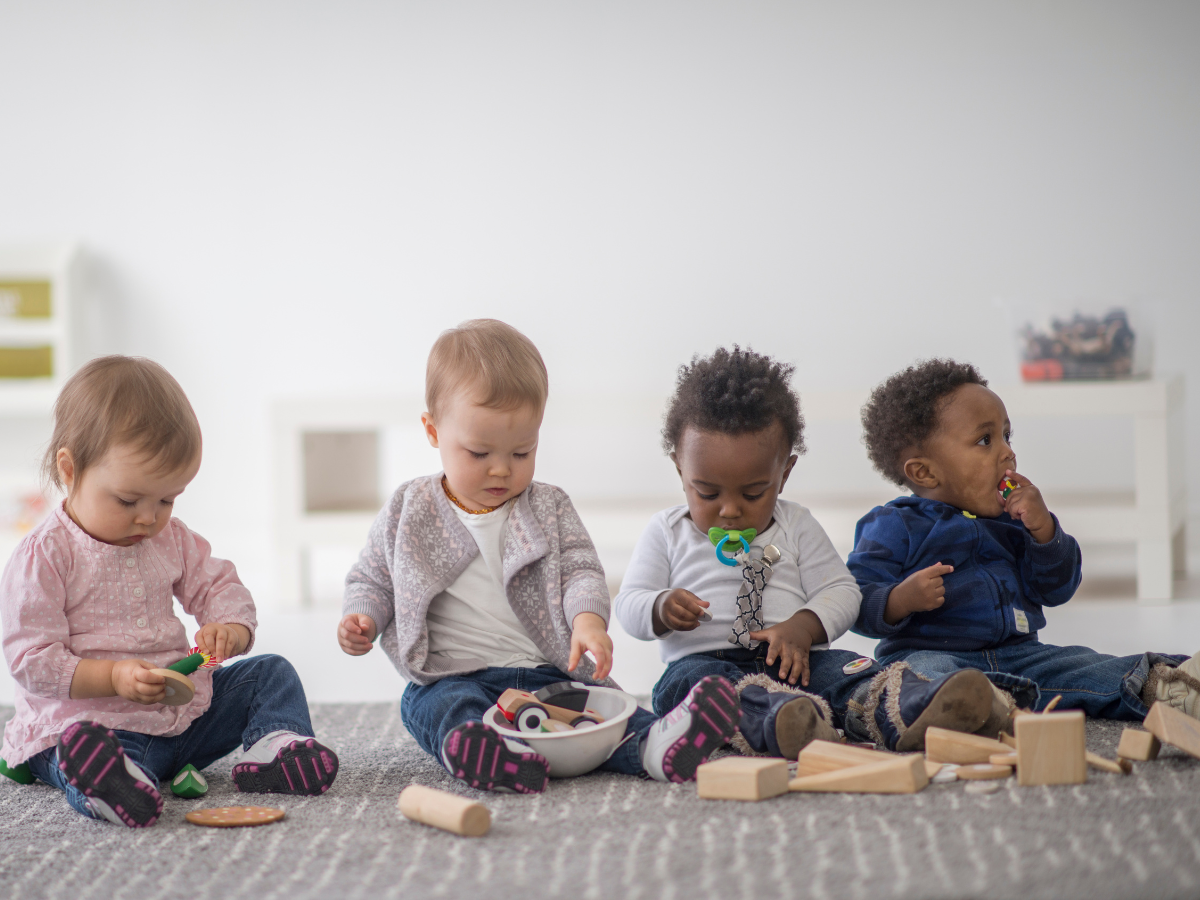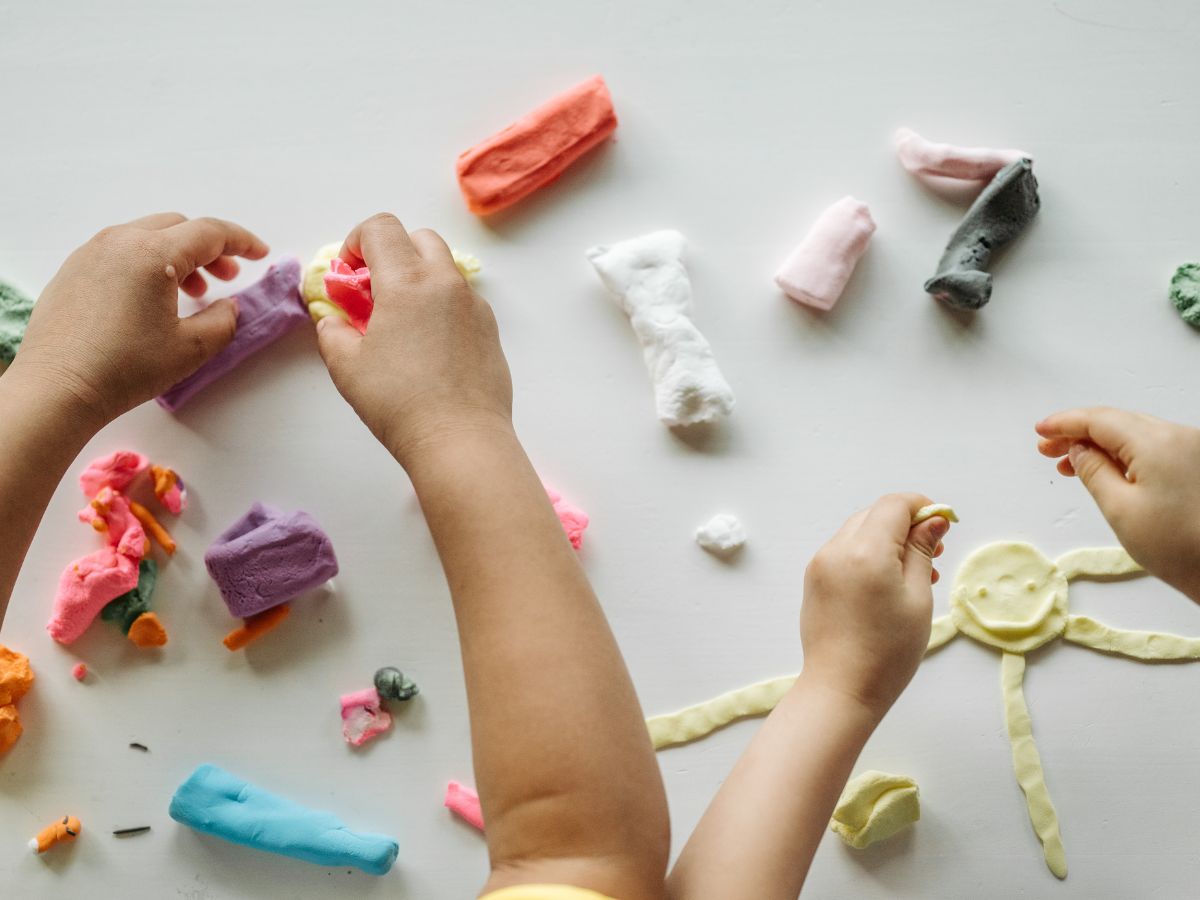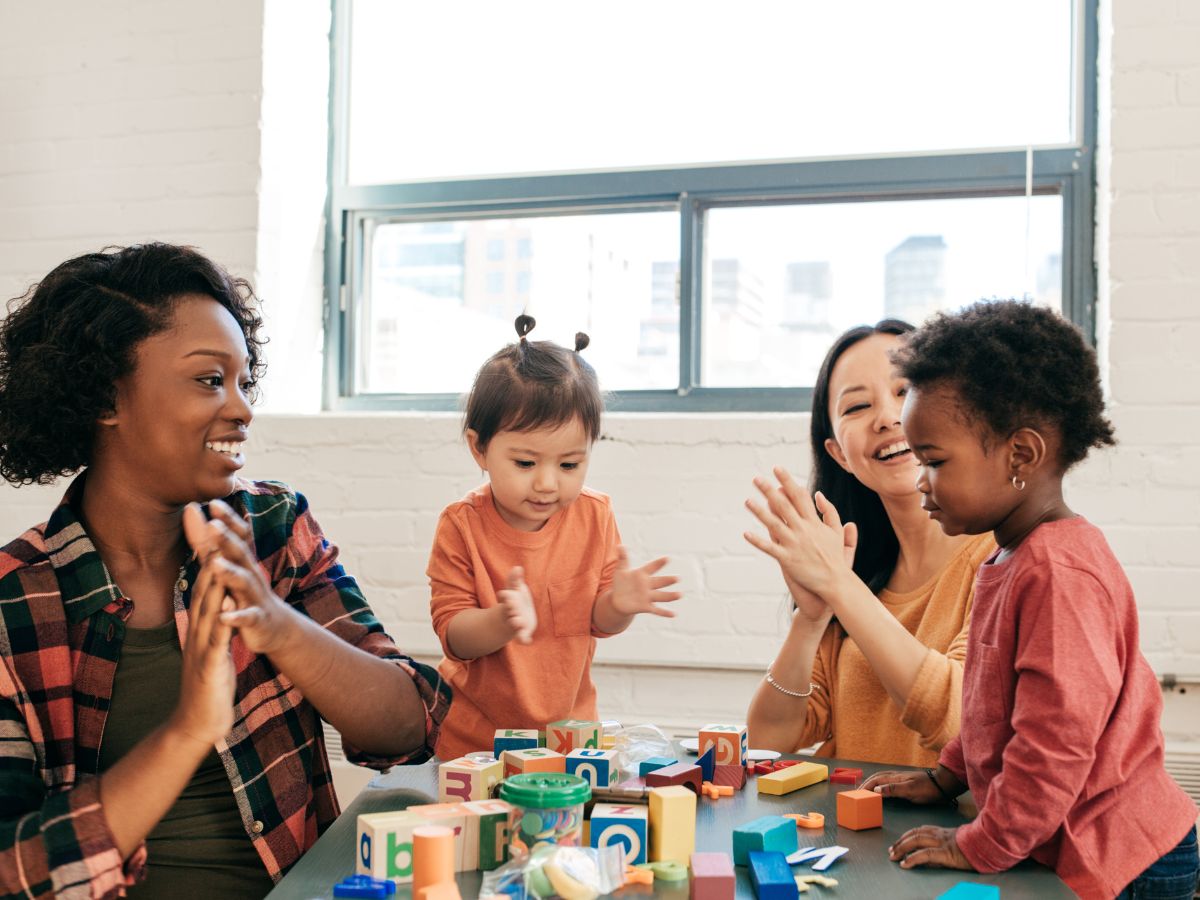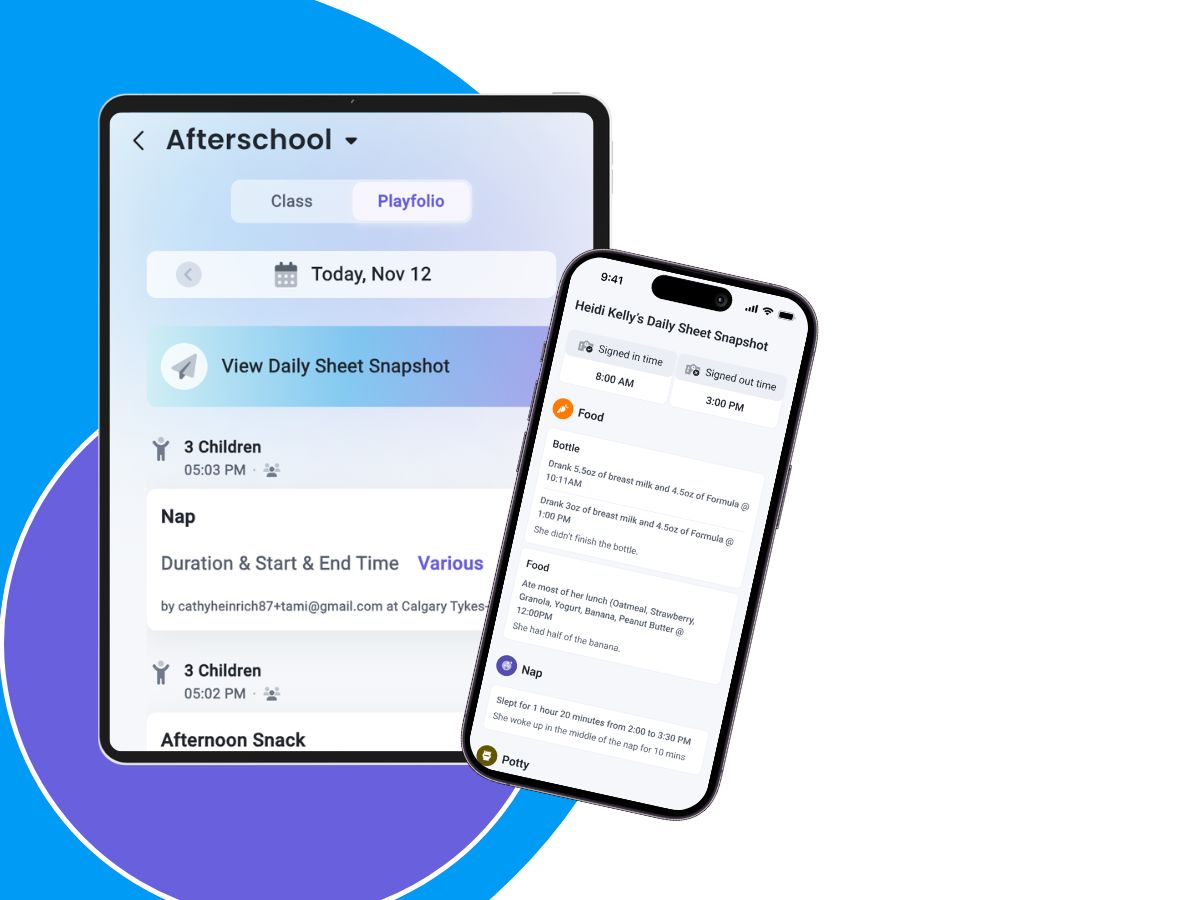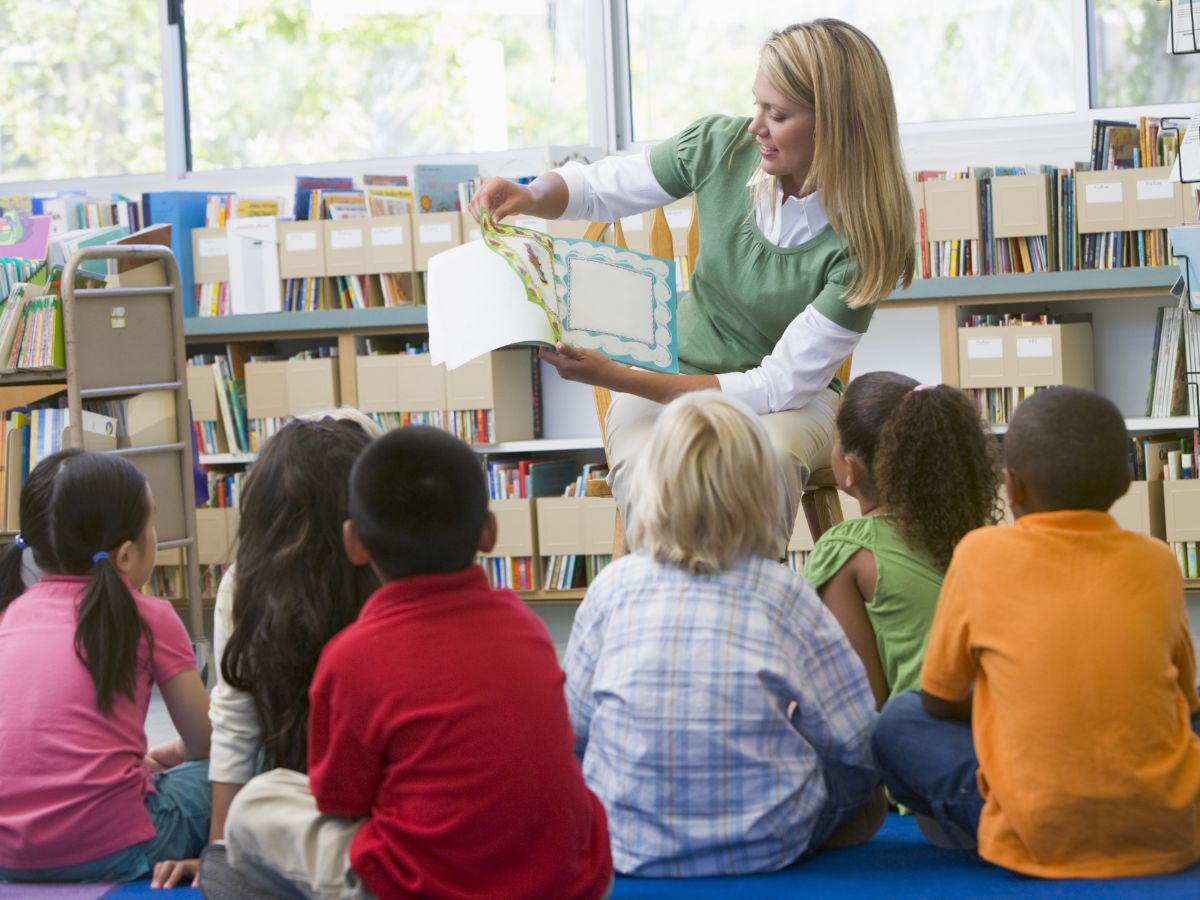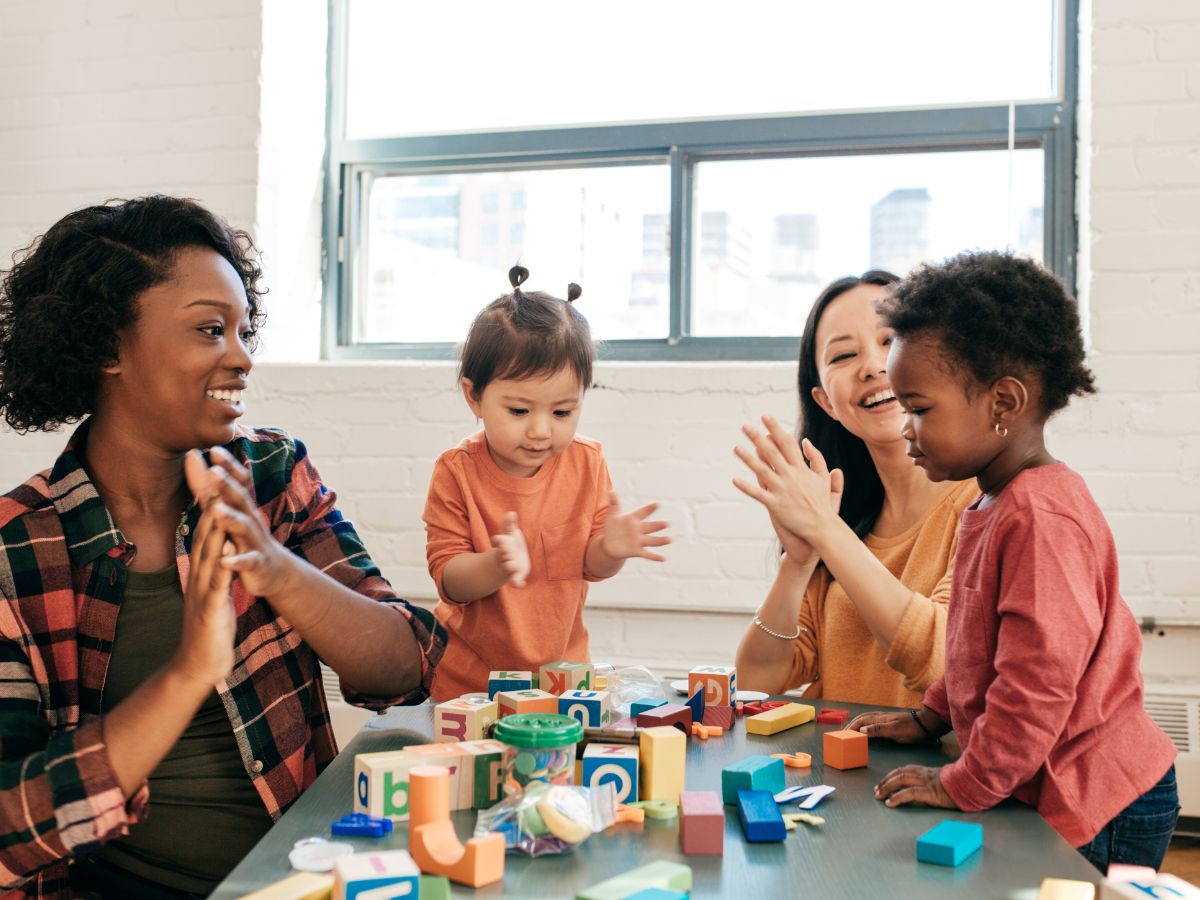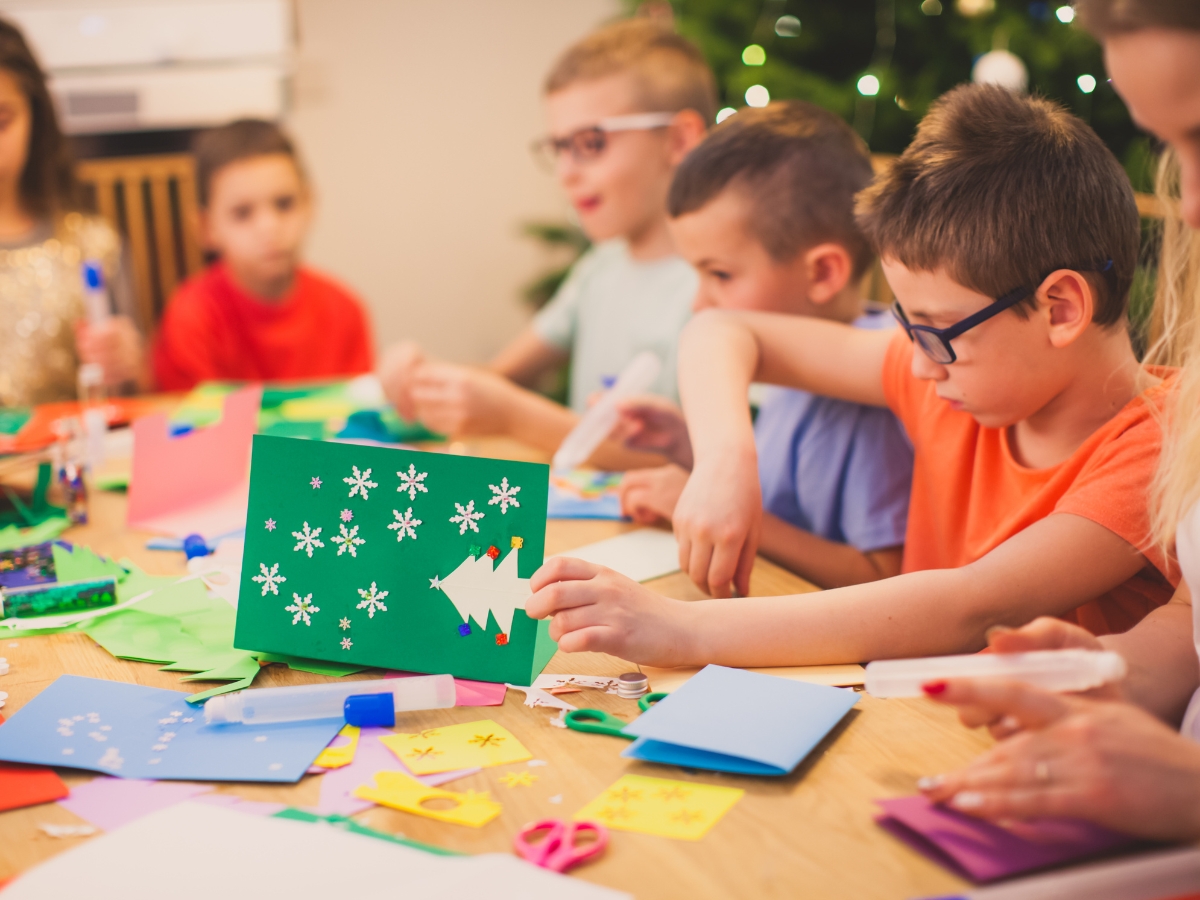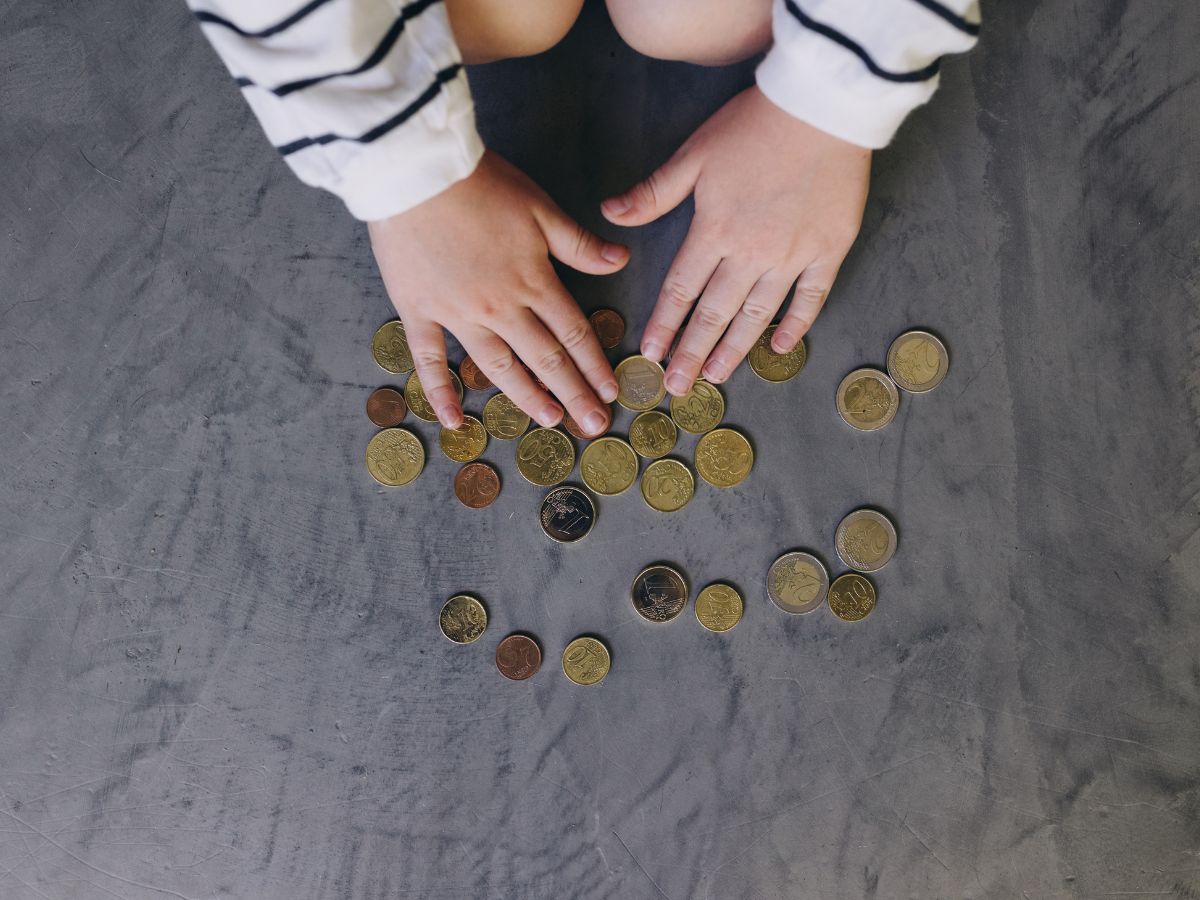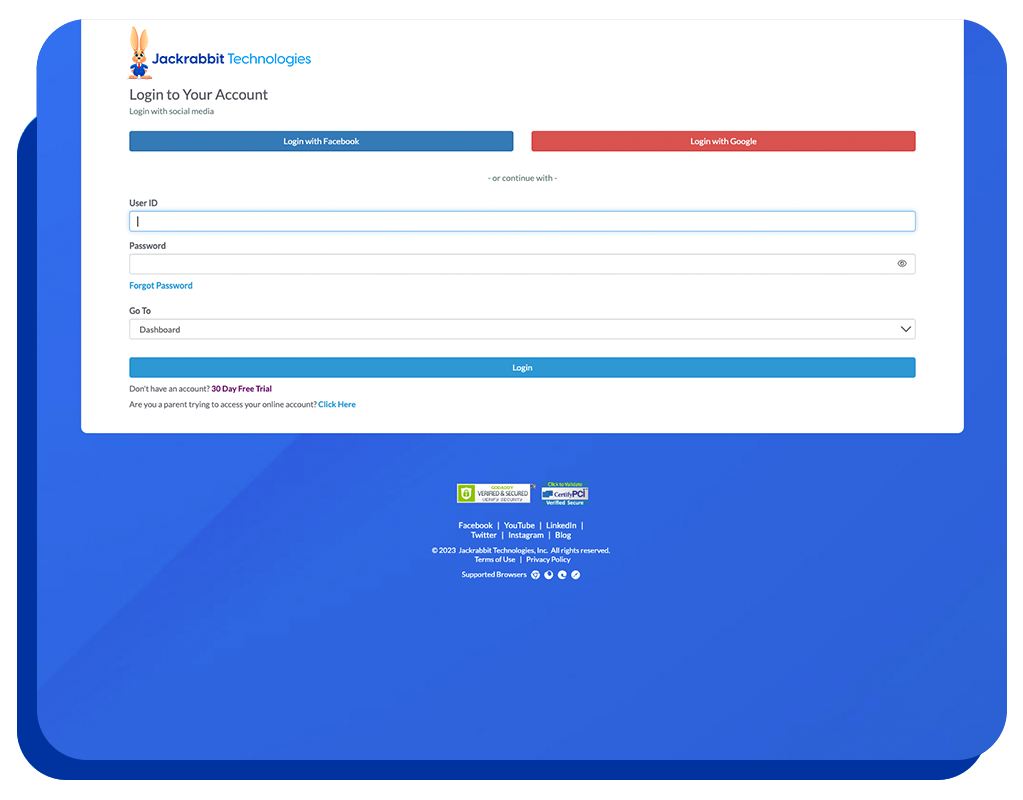Tearful, tantrum-filled goodbyes are common during a child’s earliest years. Around the first birthday, many kids develop separation anxiety, getting upset when a parent tries to leave them with someone else.
Though separation anxiety is a perfectly normal part of childhood development, it can be unsettling.
Understanding what the child is going through and having a few coping strategies can help everyone get through it.
Babies adapt better than parents.
As long as their needs are being met most babies younger than 6 months adjust easily to people other than their parents.
“Object permanence” is what babies develop when they’re about 4-7 months old. They are beginning to learn that things and people exist even when they can’t see them. They’re testing this when they drop things over the side of the high chair and drop it again as soon as the nearby adult retrieves it.
With parents, babies begin to realize that there is a specific mom and dad and that when they can’t see those people, they’ve gone away. They haven’t yet grasped the concept of time, so they don’t know if or when those people will come back. To the baby, it doesn’t matter if mom and dad are in the next room or Hawaii. They’re gone and they will do whatever possible to prevent this from happening. And with a baby, whatever possible is most likely crying.
So tearful, tantrum-filled goodbyes are common during a child’s earliest years and can actually develop into separation anxiety which is really just a fancy term for “getting upset when a parent tries to leave them with someone else.”
One thing that many parents think is a good idea to avoid bouts of separation anxiety but it really has an opposite effect…sneaking away when the child isn’t looking. This actually produces more anxiety for the child. The best practice is to say a loving but quick goodbye. Don’t dawdle – even if the child cries and screams. The crying/screaming will usually subside within a short amount of time. Always return with a “happy to see you face.” This helps to establish a consistent stream of attentive goodbyes and happy reunions with the child that they have confidence in and it help to build a trusted relationship develop between parent and child.
Separation anxiety doesn’t just affect children.
When first beginning to leave a child with others, parents might also experience different emotions. It can be gratifying to feel that there is a mutual attachment. But parents often feel guilty about taking time out for themselves, leaving the child with a caregiver, or going to work. The parent may even start to feel overwhelmed by the amount of attention the child seems to need from.
A child’s unwillingness to leave their parent is a good sign that healthy attachments have developed. But rest assured that the unwillingness won’t last forever. Before long, the child will be able to remember that parents always return and that will be enough to comfort the child while parents are gone. Experiencing this also gives the child a chance to develop coping skills and a little independence.
Goodbyes don’t have to be painful.
It’s true that timing is everything.
- If it’s possible, don’t start daycare or childcare with an unfamiliar person when the child is between the ages of 8 months and 1 year (when separation anxiety may first appear).
- Try not to leave when the child is tired, hungry, or restless.
- Try to schedule departures after naps and mealtimes.
Practice really does make perfect.
- Schedule trial “a part time.” Practice leaving the child with a caregiver for short periods of time so that he or she can get used to being away from their parent.
- Gradually introduce new people and places. If the plan is to leave the child with a relative or a new babysitter, invite that person over so they can spend time with the child with the parent in the room before “the” date. Make a few visits to their new daycare together before their full-time schedule begins.
Maintain calmness and consistency.
- Create an exit ritual that is a loving and firm goodbye.
- Remain calm and show confidence that the child will do the same.
- Reassure the child of the parent’s return (explaining how long it will be using concepts kids will understand).
- Give the child your full attention when saying goodbye.
- Don’t pretend to leave and hide in the next room to peek around the corner to see how the child is doing. It will only make things worse.
Do what you promise.
- Make sure the return happens at the time established. Don’t be late. This is the way that the child develops confidence that he or she can make it through the time apart.
- It may be hard to leave a crying child, but failing to will also show a lack of confidence in the caregiver. It may help everyone to set up a time that for a check in call (maybe 15 to 20 minutes after leaving), but keep true to this time as well.
Caregivers can distract the child who is displaying separation anxiety with an activity or toy, or with songs, games, or anything else that’s fun. Try not to mention the child’s mother or father, but do answer questions about the child’s parents in a simple and straightforward way. (i.e., Mommy and Daddy are going to be back as soon as they are done with dinner. Let’s play with some toys.)
This too shall pass.
Remember that this is a phase. The child will grow out of it more quickly than imaginable. But also remember that every child experiences separation anxiety differently or not at all. If a child has never been cared for by anyone other than parents, is naturally shy, or has other stresses, his or her separation anxiety may be worse than it is for other kids.
Instincts will indicate if it’s more than separation anxiety.
If the child refuses to go to a certain babysitter or daycare center or shows other signs of tensions, such as trouble sleeping or loss of appetite, then it could be more than separation anxiety. There could be a problem with the childcare situation.
If intense separation anxiety lasts into preschool, elementary school, or beyond and interferes with daily activities, then it warrants discussion with a doctor. It could be a sign of a rare but more serious condition known as separation anxiety disorder.
Kids with separation anxiety disorder fear being lost from their family members and are often convinced that something bad will happen. Talk with a doctor if the child has signs of this, including:
- panic symptoms (such as nausea, vomiting, or shortness of breath) or panic attacks before a parent leaves.
- nightmares about separation.
- fear of sleeping alone (although this is also common in kids who don’t have separation anxiety).
- excessive worry about being lost or kidnapped or going places without a parent.
For most kids, the anxiety of being separated from a parent passes without any need for medical attention.
Here are some tips that centers can use to ease separation anxiety in children:
Easing separation anxiety in children
| Address the cause for avoidance of school. | Initiate a plan for your child to return to school immediately. This may include gradual reintroduction with partial days at first. |
| Accommodate late arrival. | If the school can be lenient about late arrival at first, it can give you and your child a little wiggle room to talk and separate at your child’s slower pace. |
| Identify a safe place. | Find a place at school where your child can go to reduce anxiety during stressful periods. Develop guidelines for appropriate use of the safe place. |
| Allow the child contact with home. | At times of stress at school, a brief phone call—a minute or two—with family may reduce separation anxiety. |
| Send notes for your child to read. | You can place a note for your child in his or her lunch box or locker. A quick “I love you!” on a napkin can reassure a child. |
| Provide assistance to the child during interactions with peers. | An adult’s help, whether it is from a teacher or counselor, may be beneficial for both the child and his or her peers. |
| Reward a child’s efforts. | Just like at home, every good effort—or small step in the right direction—deserves to be praised. |



